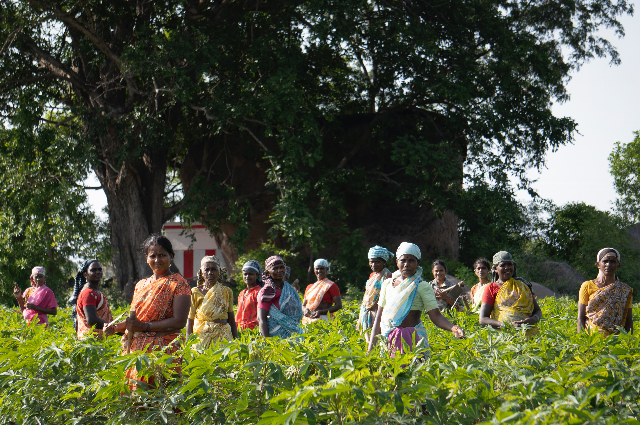
India recently surpassed China in terms of population growth. Although, rising Indian population brings along itself grave concerns but we should note that India has greatest concentration of young population that can be an excellent source for economic growth. India is witnessing a falling demographic dividend which means more income flow in the country.
But our country doesn't represent women adequately in the workforce. Most of the women are working in unorganised sector. There are no proper state policies to secure the inclusion of female labour force thereby increasing the GDP. The female participation rate in activities of employment has declined over the years due to 'dual shift of burden' or due to irrational social and familial expectations from females.
Reasons for this:
- India is largely a patriarchal society where the man is always seen as the breadwinner and the woman is the housemaker. Differential payment of both men and women also constitutes as a part of discrimination. Very few women are allowed to work or pursue higher education post-marriage.
- Safety concerns such as instances of rape, sexual harassment, and murder also desist women to move further into the workforce. Be it a Dalit woman or a woman from a metropolitan area, both of them can face discrimination.
- Women in the rural areas are found to be helping their family members in the agriculture and allied sector. The jobs they do are really unproductive as they don't generate income as defined by the parameters of economic studies.
- Wages, working conditions and structural problems all accentuate the problem of women's employment.
- Early child birth, frequent pregnancies, and domestic roles in the cultural front break their flow of careers and very few are able to return to that pace.
- Increasing prosperity in the families is being cited by some males as one of the reasons why females should step behind in employment.
Steps taken:
- A new Ministry of Skill Development and Entrepreneurship has been established to establish coordination between various sectors.
- The National Career Service Project provides a nationwide platform for job seekers and employers.
- The Maternity Benefit (Amendment) Act, 2017 provides for the enhancement of maternity leave from 12 weeks to 26 weeks and the provision of creche facilities.
- An advisory to the States under the Factories Act of 1948 for permitting women workers in the night shifts with proper safety measures.
- A network of Women Industrial Training Institutes, National Vocational Training Institutes, and Regional Vocational Training Institutes.
- Legislations have been passed to secure women's protection - The Equal Remuneration Act, of 1976 and Minimum Wages Act of 1948.
- Some manufacturing companies such as 'TVS' or a company dealing in automobile parts 'Gabriel India' extend women flexible hours of working and promote their accommodation within the working system.
Way Ahead:
- A policy framework encouraging women's participation should be encouraged.
- People should be more sensitive to matters concerning sex and gender.
- Gender-specific constraints should be addressed.
- Opportunities for decent work should be coupled with an extension of women's labour force participation.
Conclusion:
Our Sustainable Development Goals also elucidate for greater female participation in the workforce. Transformation from status of developing to developed cannot be realised unless there is adequate women representation.
. . .
Reference:
- bbc.com
- insightsias.com
